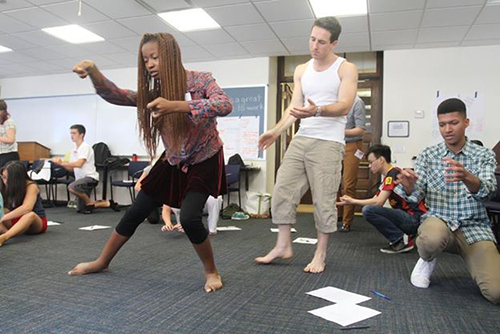
To explore and remix Shelley’s Frankenstein in a multi-media context is currently the creative challenge for 13 teachers from around the world and 13 New York City high school students at Teachers College, Columbia University. The Common Core Curriculum Standards have curtailed the study of fiction in favor of STEM disciplines. The multi-media remix of Frankenstein places the spotlight on fiction and the humanities as critical components of a 21st century education and asks: How else can we creatively engage with literature in the learning environment? The project will culminate with a presentation at The Center for the Professional Education of Teachers on July 17. And it’s just the beginning. After this workshop ends, the visiting teachers will design original curricula to take back to their classrooms around the world. This in turn will lead to an international conference next April at Teachers College to build on the Frankenstein experiment and expand new ideas to other practicing communities.
Collaborazione, pensiero critico, taking risks, risoluzione di problemi, creatività, and learning from each other are 21st century skills we talk about frequently in Il Global Ricerca per l'Educazione. Education thought leaders around the world speak to the need for more innovative projects like the workshop being done this week at Teacher’s College. To find out more, I reached out to the visiting teachers, students and leaders involved with the Frankenstein iniziativa.
It is my pleasure to welcome educators Liew Pei Li, Merida Lang and Margaret Leisenheimer, students Kate Bralower and Matisse Neal, and Erick Gordon, Senior Research Fellow in Education Innovation at the Center for the Professional Education of Teachers at Teachers College, Columbia University.
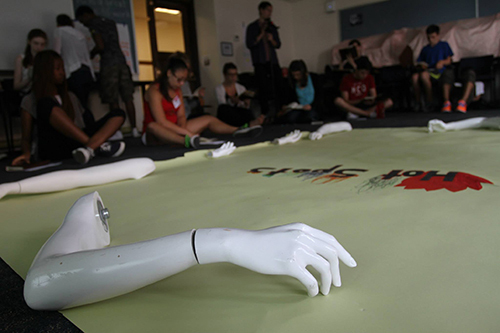
Erick, what are your goals for your global workshop?
To call it a “global workshop” is not exactly accurate. It’s more an institute with a global presence. It was very reaffirming for us to receive applications from around the world; it spoke to teachers’ great desire to blend the creative with the academic, knowing that opportunities for creative problem solving in the curriculum can inspire a student’s most committed work in all classrooms, regardless of geographic location. We believe that the most innovative and disruptive thinking occurs when we step outside of our silos and draw from the world around us. In this two-week structure, we are pushing our team to rapidly prototype over and over, to see risk and even failure as a generative component of the learning process. By next week, we will have dozens of creative assets that have come out of our work together. Then the question becomes, collettivamente, “How do we pick up the pieces and build a new text that creates and adds meaning to Shelley’s novel?”
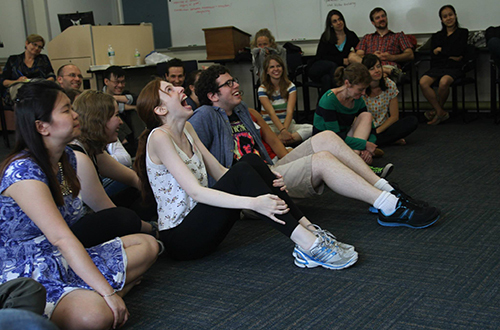
Oh, re-imagining Frankenstein. What do you think is most valuable for those participating in a unique workshop such as this one?
Merida Lang: The opportunity to shift the way we develop a relationship with a text. This program affords us the opportunity to interpret the text through a myriad of ways: danza, suono, scrittura, visuals, improvisation, incorporating technology. The process allows the players to embody a character. The responsibility of that task forces us to go back into the text and get to know the character more. Ownership of the text isn’t limited to those who “understand the book the best.” Invece, it’s being collectively constructed utilizing everyone’s talents; there isn’t a hierarchical system in the group.
Matisse Neal: I think one of the most interesting ways that we are expressing ourselves and the themes within the novel is through movement. We may use sharp quick movements to present the creature and its representation in society. His rejection can be portrayed through movement while someone overlooks the “danza,” possibly narrating lines from either the novel or from a player’s interpretation of his character to heighten the audience’s understanding of that character’s role in society or life.
Margaret Leisenheimer: I started to work on a monologue that combines speech from the character of Caliban from Shakespeare’s La tempesta with a few words that Frankenstein’s Creature used to describe his disgust with his creator. Just as Caliban hated his master but longed for power, Frankenstein’s Creature longs for love from a man that he hates. Another piece that I am working on with a player in our program is about the life of Justine who is not a main character in the novel. We are trying to find the best way to portray her life in a tableau and create an audio piece that can accompany it.
Pei Li Liew: By moving like the character, we’ve been better able to put ourselves in his/her shoes literally and figuratively. Literature is after all an engagement of the head, heart and soul.
Kate Bralower: If one person has an undeveloped idea, someone can then go and develop it further. We are remixing Frankenstein in every way we possibly can.

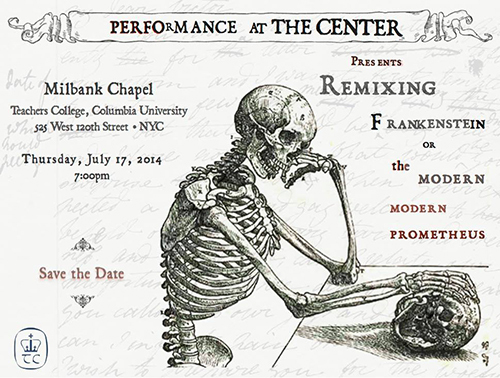
What have you all gained so far from this experience?
Liew Pei Li: Coming from Singapore, creative thinking is usually thought about as something that is almost EXTRA-curricular; ultimately that’s not where the real learning takes place. Critical thinking is associated with rigour and subject mastery. I’ve had a complete re-visioning of creative thinking.
Merida Lang: I am just floored by the effect of equalizing the playing field and stripping everyone of their teacher/student relationship. I am reminded of the importance of being vulnerable along with my students. The fact that everyone is participating in the same activities increases trust and makes everyone more likely to take risks. I am reminded of the invaluable role that creative play should occupy within the classroom. It is allowing all of us to analyze and empathize with the characters in a profound way. We are building a relationship with this book and that’s what I want my students to do. I don’t want them to just read books and be able to spit back analysis.
Matisse Neal: Collaboration is a valuable asset for both the students and teachers. The staff is doing everyone a huge favor by giving us the tools we need for later in life. Another big learning process for me is that vulnerability is not only okay, but also it can be a wonderful trait for a person to carry with them.
Margaret Leisenheimer: Remain open to every interpretation of the text. As opposed to shutting someone down, we can morph our interpretations to support another person’s interpretation. This process leads to an end product of everyone’s ideas.
Kate Bralower: It’s not a “mine” type of place, it’s an “nostro” type of place. The normal “student-teacher” relationship is broken. It’s teaching me about how you can take very minor characters and develop them further. It’s teaching me about looking at things from multiple perspectives. It’s teaching me that the school system is very flawed. In this kind of a space, we are all educating each other. We all respect each other. We feel much freer to share with each other.
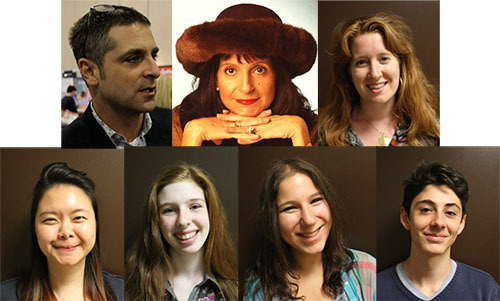
All photos are courtesy of Teachers College, Columbia University
Nel Global Search per l'Educazione, unirsi a me e leader di pensiero di fama mondiale tra cui Sir Michael Barber (Regno Unito), Dr. Michael Block (Stati Uniti), Dr. Leon Botstein (Stati Uniti), Il professor Argilla Christensen (Stati Uniti), Dr. Linda di Darling-Hammond (Stati Uniti), Dr. Madhav Chavan (India), Il professor Michael Fullan (Canada), Il professor Howard Gardner (Stati Uniti), Il professor Andy Hargreaves (Stati Uniti), Il professor Yvonne Hellman (Paesi Bassi), Il professor Kristin Helstad (Norvegia), Jean Hendrickson (Stati Uniti), Il professor Rose Hipkins (Nuova Zelanda), Il professor Cornelia Hoogland (Canada), Onorevole Jeff Johnson (Canada), Sig.ra. Chantal Kaufmann (Belgio), Dr. Eija Kauppinen (Finlandia), Segretario di Stato Tapio Kosunen (Finlandia), Il professor Dominique Lafontaine (Belgio), Il professor Hugh Lauder (Regno Unito), Il professor Ben Levin (Canada), Signore Ken Macdonald (Regno Unito), Il professor Barry McGaw (Australia), Shiv Nadar (India), Il professor R. Natarajan (India), Dr. PAK NG (Singapore), Dr. Denise Papa (Stati Uniti), Sridhar Rajagopalan (India), Dr. Diane Ravitch (Stati Uniti), Richard Wilson Riley (Stati Uniti), Sir Ken Robinson (Regno Unito), Professor Pasi Sahlberg (Finlandia), Il professor Manabu Sato (Giappone), Andreas Schleicher (PISA, OCSE), Dr. Anthony Seldon (Regno Unito), Dr. David Shaffer (Stati Uniti), Dr. Kirsten Immersive Are (Norvegia), Cancelliere Stephen Spahn (Stati Uniti), Yves Theze (French Lycee Stati Uniti), Il professor Charles Ungerleider (Canada), Il professor Tony Wagner (Stati Uniti), Sir David Watson (Regno Unito), Professor Dylan Wiliam (Regno Unito), Dr. Mark Wormald (Regno Unito), Il professor Theo Wubbels (Paesi Bassi), Il professor Michael Young (Regno Unito), e il professor Zhang Minxuan (Porcellana) mentre esplorano le grandi questioni educative immagine che tutte le nazioni devono affrontare oggi.
Il Global Ricerca per l'Educazione della Comunità Pagina
C. M. Rubin è l'autore di due ampiamente lettura serie on-line per il quale ha ricevuto una 2011 Premio Upton Sinclair, “Il Global Ricerca per l'Educazione” e “Come faremo a Leggere?” Lei è anche l'autore di tre libri bestseller, Compreso The Real Alice in Wonderland, è l'editore di CMRubinWorld, ed è un disgregatore Foundation Fellow.
Segui C. M. Rubin su Twitter: www.twitter.com/@cmrubinworld


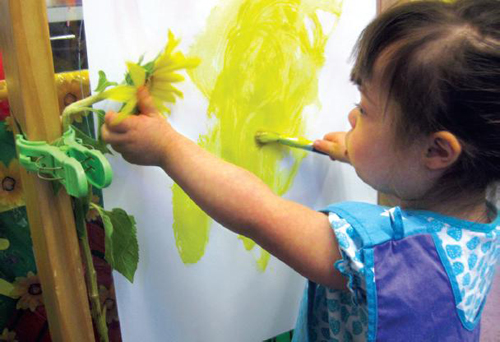
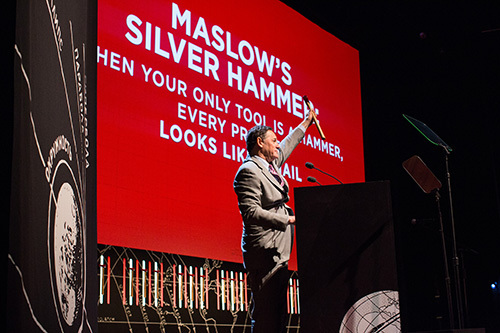


Commenti recenti